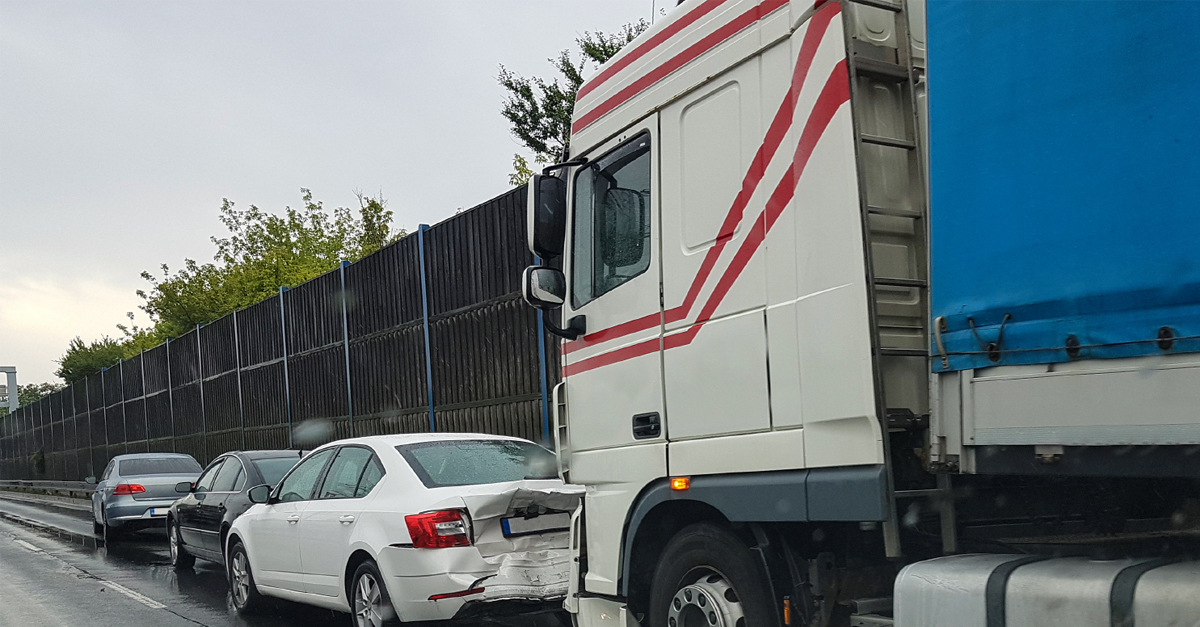Underinsurance – Are you covered?
Published On : 31 May 2022
Although not a new phenomenon, underinsurance remains an ongoing concern in the insurance market. The hardening attitudes of underwriters is seeing property pricing increase and claims being settled in strict accordance with policy wordings. This change has been driven by global factors and more local events such as the tragedy of Grenfell.
There has also been a rapid and significant increase in the cost of building materials (and labour in certain parts of the UK) and Policyholders may not realise that underinsurance may have a direct impact on the claims payments they may receive in the event of a property damage claim.
So, what impact can underinsurance have for you?
If a claim payment does not cover the full property repair/rebuild cost or reinstatement, it could mean funds may not be available to complete the rebuild.
This may result in:
- Negative impact on service delivery to your customers
- Complex and extended negotiations with insurers resulting in extended rebuild times
- Requirement to borrow on already stretched budgets
- Exposure to potential legal action for inadequate levels of cover from lenders and leaseholders
- Apart from the financial repercussions of who has to meet any shortfall in claims monies paid by insurers there may also be reputational damage to your organisation.
How does a building become underinsured?
Underinsurance can become an issue, as a result of several factors:
- Reinstatement Cost Assessment was completed many years ago
- No professional valuation or Rebuild Cost Assessment has ever been undertaken
- Sums insured are based on a notional market value
- Incorrect estimation based on historical information
- No account has been made for structural changes which may have been made to the building
- No allowance for fluctuating costs of raw materials and labour
- Developer’s costs are adopted instead of the true reinstatement cost
Implications of underinsurance
The ‘Average Clause’ is a standard policy condition in UK property insurance policies. In its simplest form, the clause allows an insurer to reduce a claim payment by the amount of underinsurance present at the time of loss. By way of example:
Consider a building with a current sum insured of £7.2 million.
A fire occurs which damages most, but not all of the property. Loss adjusters are appointed by insurers and they calculate the true rebuilding cost of the property to be £9 million (in other words it was underinsured by 20%).
The cost of the loss is calculated to be £5 million but once the insurer applies the average clause — the claim payment is reduced by the amount of underinsurance (20%) leaving the policyholder £1 million short of the full repair costs.
A regular Reinstatement Cost Assessment would have identified the underinsurance on which the policyholder could have acted.
Reinstatement costs will typically include:
- The main structure including foundations
- Half of the cost of party walls/protecting adjoining structures
- The peripheral features that form part of the development
- The cost of demolition of the above
- The cost of debris removal
- The cost of professional fees
New build or newly built properties
A question that gets asked quite frequently is, “if I set my insurance cover based upon the original development cost of constructing the property, that should be adequate, shouldn’t it?”
Unfortunately, in most cases development costs do not compare well, if at all, with the costs of reinstatement following — e.g., a serious fire. There are many factors which make reinstatement costs higher including:
- The need to commence works urgently
- The timescales involved when you have residents rendered homeless
- Demolition costs
- Changed surroundings due to the passage of time
- Addition of features, e.g., outbuildings post-development
- Additional site access costs
- The need to protect undamaged sections of a building
- Less efficient work programming requirements
- The scale of scaffolding and other access costs
- The need to protect and prop adjacent buildings
- The differing profile of professional fees
- Developer’s costs being set on fixed price tenders, in some cases longer than a year before the first plant is brought on to site
- Economies of scale for developers buying materials in bulk not usually replicated in claims situations
- Zero-rating for VAT for new build
OAMPS are able to offer discounted rates for Pen Underwriting policyholders with QuestGates to deliver a fast, efficient and independent insurance valuation that is carried out by a RICS certificated surveyor and supported by Professional Indemnity cover.
Please get in touch with your usual service contacts to discuss the options available to you.





